Couleurs d'aluminium anodisé
L'aluminium anodisé est apprécié pour ses propriétés, sa résistance à la corrosion et sa finition brillante. En outre, l'aluminium anodisé est incroyable parce qu'il peut être coloré pendant le processus d'anodisation. Il existe donc des variétés colorées d'aluminium à utiliser. Dans cet article, vous apprendrez tout sur les couleurs de l'aluminium anodisé, y compris le tableau des couleurs d'anodisation, le type de couleurs d'anodisation, les coûts, et plus encore.
Qu'est-ce que l'aluminium anodisé ?
Aluminium anodisé subit un traitement électrochimique afin de développer une peau plus dure, plus épaisse et plus décorative avec une couche de couleur. Ce procédé forme à la surface du métal une couche composée d'oxydes d'aluminium et permet la formation d'une couche de colorant coloré. Ainsi, l'aluminium est teinté en différentes couleurs.
Qu'est-ce que l'aluminium anodisé couleur ?
Il s'agit d'une procédure de coloration de l'aluminium au cours du processus d'anodisation de l'aluminium. L'aluminium peut ainsi être coloré par anodisation dans presque toutes les nuances, jusqu'au noir, à l'or, au bronze et à toutes les couleurs primaires de l'arc-en-ciel. La couche finale produite est opaque et perméable, permettant ainsi la formation d'un colorant ou d'un sel métallique pour une couleur durable.
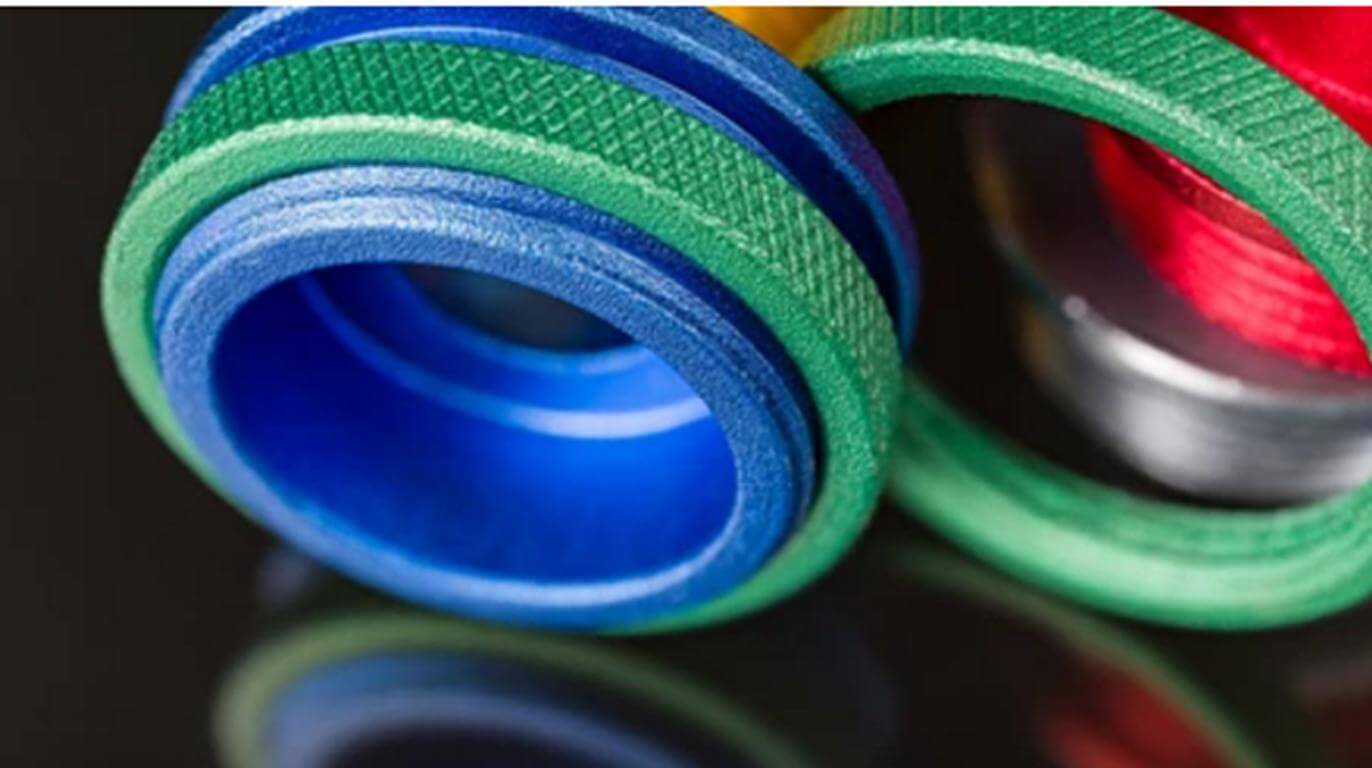
Processus complet de coloration de l'aluminium anodisé
Le processus de coloration de l'aluminium par anodisation utilise plusieurs étapes pour améliorer la couche d'oxyde qui se forme naturellement sur la surface de l'aluminium, ce qui permet d'augmenter le niveau de dureté, la capacité de porter une teinte et la résistance à la corrosion.
1. Nettoyage et prétraitement
L'anodisation nécessite un nettoyage approfondi de la surface de l'aluminium afin d'éliminer les huiles, les saletés et les autres matières superflues qui s'y trouvent. Cette étape permet de minimiser les défauts d'anodisation qui peuvent se trouver à la surface du produit en aluminium afin d'obtenir la meilleure finition possible. Les méthodes de prétraitement comprennent :
- Nettoyage alcalin : Nettoie la surface et détruit l'effet des graisses, huiles et autres films de surface.
- Gravure à l'eau-forte : L'aluminium est immergé dans une concentration d'hydroxyde de sodium afin de réduire la rugosité de la surface de la pièce et de lui donner un aspect mat et plat. Cette étape permet d'améliorer la surface de formation pour l'anodisation.
2. Détourage
Lorsque la gravure est terminée, il reste toujours une sorte de salissure d'aluminium sur la surface à nettoyer. Cette salissure peut être enlevée par un bain de démucilagination, souvent à l'acide nitrique ou sulfurique, ce qui permet d'obtenir une finition lisse sans salissure. Cette étape est importante pour les alliages tels que le cuivre et le silicium, car ils marquent la structure après la gravure.
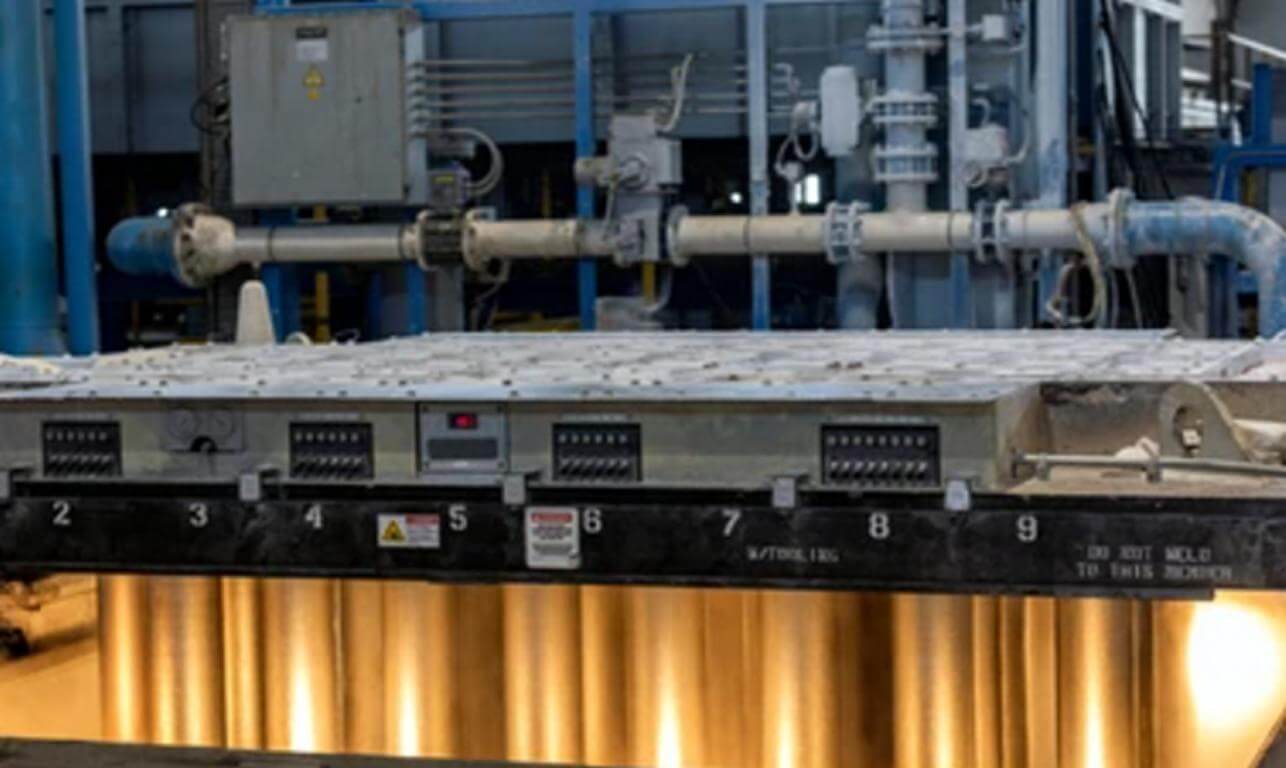
3. Oxydation électrolytique ou anodisation
Dans ce cas, l'aluminium est immergé dans une solution électrolytique acide, de préférence à l'acide sulfurique (anodisation de type II). Il permet de faire passer un courant électrique dans une solution où l'aluminium est une anode et la cathode est généralement du plomb ou de l'aluminium.
En outre, le processus électrochimique permet aux ions d'oxygène des électrolytes de venir se déposer sur la surface de l'aluminium et de former une couche d'oxyde d'aluminium épaisse et poreuse. La couche anodique est :
- Poreux : Permet la teinture ou le coloriage.
- Résistant à la corrosion : Il est beaucoup plus résistant que l'aluminium non traité.
- Contrôlé dans l'épaisseur : L'épaisseur dépend des paramètres d'anodisation. Elle peut varier de 0,5 à 25 microns pour l'anodisation décorative et jusqu'à 150 microns pour l'anodisation dure.
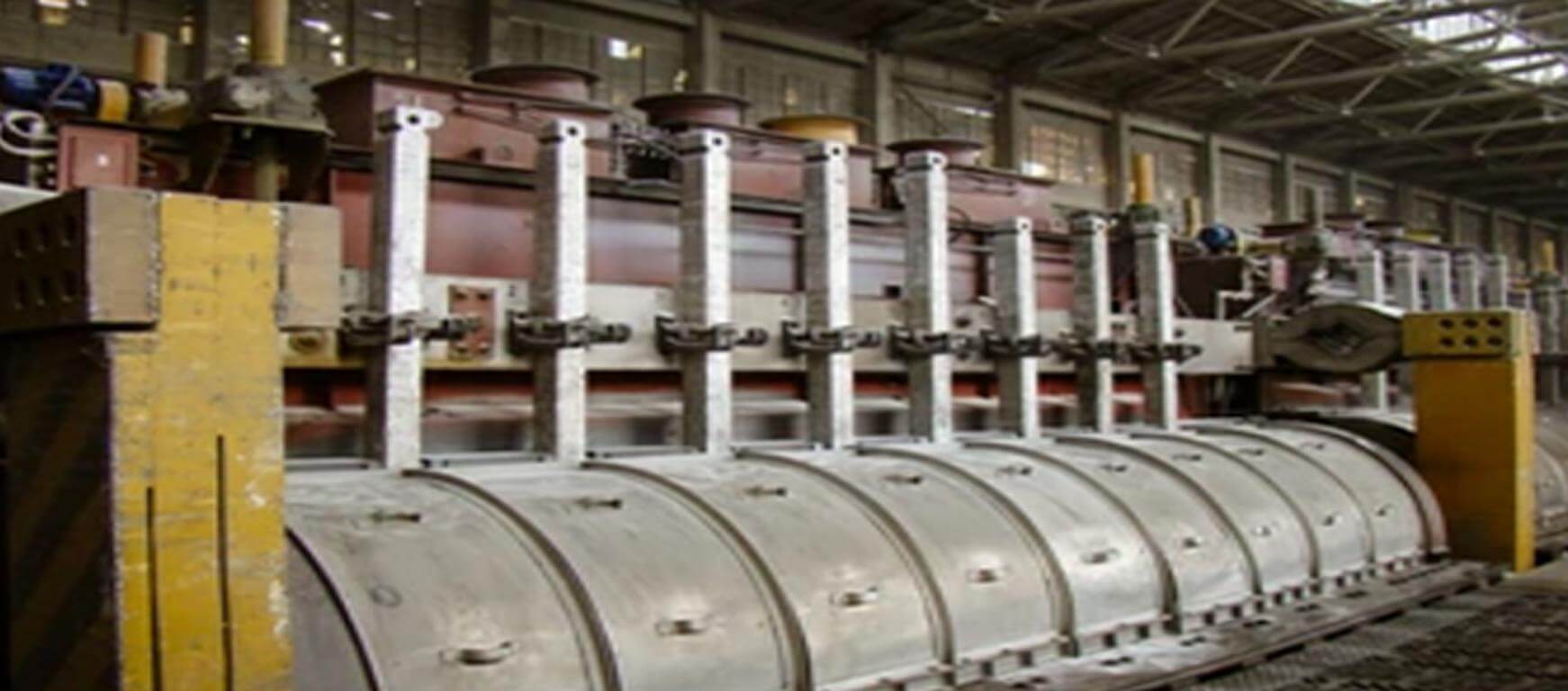
4. Coloration
Une fois que l'anodisation a formé la couche poreuse d'oxyde d'aluminium sur la surface, celle-ci est prête à être colorée. Il existe plusieurs méthodes pour introduire de la couleur au cours du processus d'anodisation :
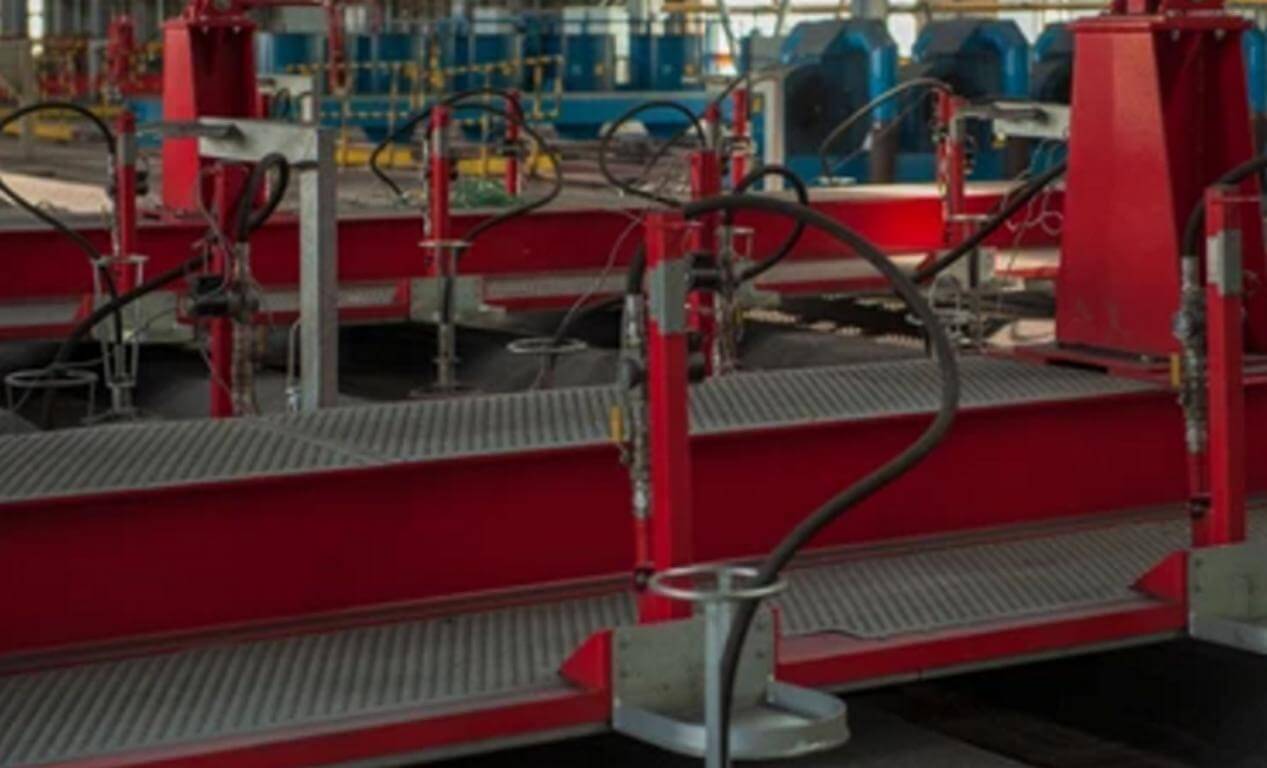
A. Coloration intégrale
Il s'agit d'une méthode permettant d'introduire de la couleur dans le processus d'anodisation de l'aluminium. La couleur se développe à partir de la réaction d'oxydation entre les acides organiques et les sels métalliques. La coloration intégrale permet d'obtenir des couleurs plus profondes et plus métalliques, comme le bronze, le noir et l'or.
B. Coloration électrolytique : Procédé en deux étapes
L'aluminium anodisé est immergé dans un bain d'électrolyte, c'est-à-dire un sel métallique contenant de l'étain, du cobalt ou du nickel après le processus d'anodisation. Ensuite, on laisse le courant passer à travers la solution et cela permet de déposer les particules métalliques dans les pores de la couche d'oxyde. Ainsi, on peut créer des couleurs hôtes, allant du bronze, au noir en passant par le champagne.
C. Teinture organique
Dans ce processus, l'aluminium anodisé est immergé directement dans un bain coloré qui pénètre dans les pores de la couche d'oxyde. La gamme de couleurs pouvant être obtenue lors de la teinture est large. Elle permet d'obtenir des couleurs visibles, à savoir le bleu, le rouge, le vert, le jaune et bien d'autres couleurs. Il s'infiltre dans les pores lors de l'anodisation pour donner une couleur profonde et uniforme.
D. Coloration des interférences
La coloration par interférence est plus complexe car elle comprend le dépôt d'oxydes métalliques dans la surface anodisée pour produire une couche active où les ondes lumineuses interfèrent. Il en résulte des effets iridescents ou métalliques avec des colorations plus profondes d'or, de bleu ou de vert telles que celles du motif d'interférence.
5. Scellement
Enfin, leur surface est scellée avec un produit d'étanchéité transparent afin de fermer les pores de l'aluminium anodisé. Le scellement peut se faire selon plusieurs méthodes :
- Étanchéité à l'eau chaude : La procédure la plus fréquente consiste à chauffer l'aluminium anodisé coloré dans de l'eau bouillante, à une température d'environ 95°C - 100°C. La chaleur entraîne l'ouverture des pores pour absorber l'humidité, mais une fois que l'eau a pénétré dans les pores, ceux-ci se dilatent et se referment, ce qui empêche la corrosion et l'endommagement de la surface colorée.
- Scellage à froid : Il s'agit de placer l'aluminium anodisé dans un bain en utilisant au choix du fluorure de nickel ou des sels de cobalt. Ce procédé est toutefois plus rapide mais relativement coûteux et il permet d'obtenir une texture de surface légèrement différente.
- Étanchéité à moyenne température : Combinaison de techniques de scellement à chaud et à froid qui permet de mieux contrôler l'aspect final de la surface anodisée.
Le scellement réduit également la capacité de l'aluminium à s'user, à se décolorer sous l'effet de la lumière UV ou à se dégrader sous l'effet d'autres facteurs externes, ce qui permet à la couleur de durer plus longtemps.
6. Rinçage et séchage
Après le scellement, l'aluminium anodisé est lavé à l'eau claire et séché complètement. Après le lavage, la surface doit être correctement séchée afin d'éviter les taches d'eau ou les marques sur la surface finie.
Différentes techniques pour colorer l'aluminium anodisé
Voici les principales techniques de coloration de l'aluminium anodisé :
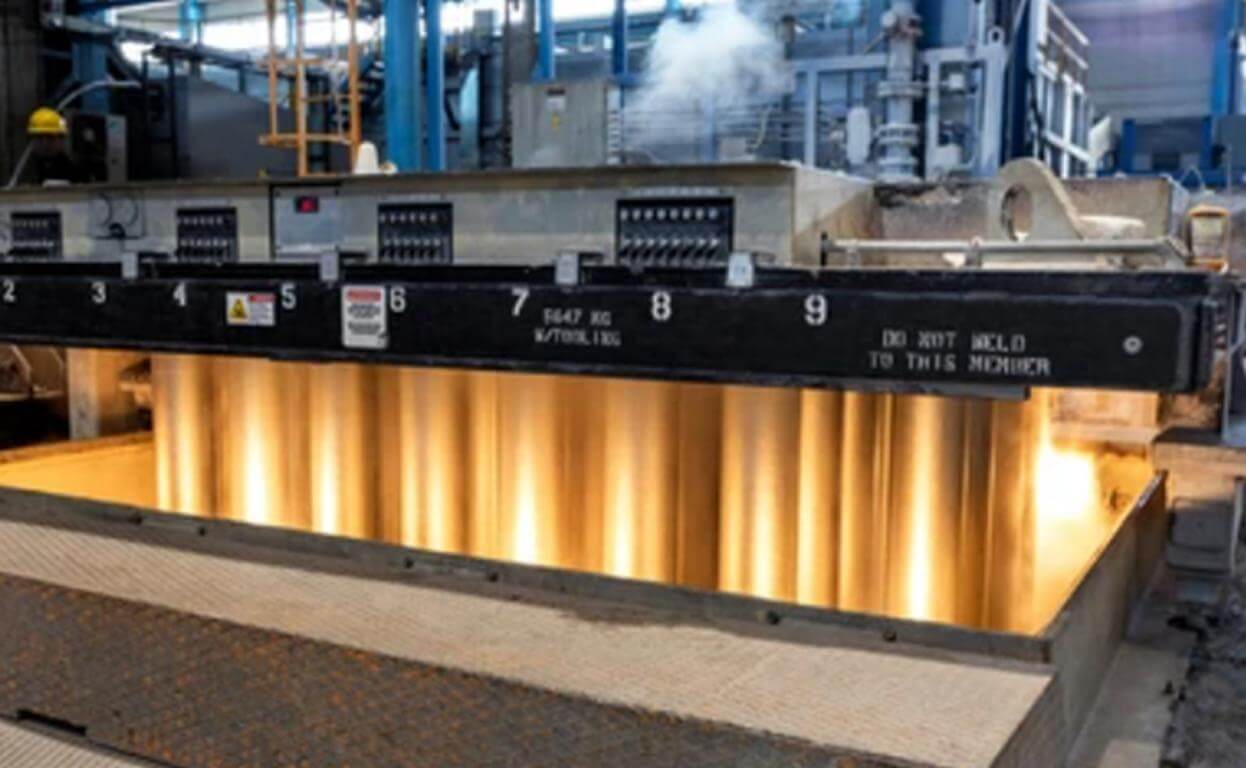
- Coloration intégrale : Dans l'anodisation, la couleur dépend des acides organiques ou des sels métalliques utilisés au cours du processus. Ce procédé permet de créer des couleurs telles que le bronze et le noir, mais donne surtout des teintes métalliques foncées.
- Coloration électrolytique : Un procédé d'anodisation dans lequel des colorants métalliques tels que l'étain ou le cobalt sont déposés sur la couche anodisée qui produit des couleurs, comme le bronze, le noir et le champagne.
- Teinture biologique : L'aluminium anodisé peut être immergé dans un bain de teinture, ce qui permet d'obtenir une sélection de couleurs vives, notamment le rouge, le bleu et le vert.
- Coloration des interférences : Les oxydes métalliques sont précipités avec une gamme de couleurs d'interférence, c'est-à-dire l'or, le bleu et le vert.
- Combinaison de couleurs : Il peut s'agir de la teinture et de méthodes d'électrodes spéciales, c'est-à-dire de l'électro-coloration pour obtenir des teintes préférentielles ou multicouches.
Peut-on changer la couleur de l'aluminium anodisé ?
Oui, l'aluminium anodisé peut être remis à neuf et recevoir une nouvelle couleur. Mais pour ce faire, il faut d'abord retirer la couche anodisée existante. Pour ce faire, on procède généralement à un décapage chimique, à un ponçage mécanique et à une ré-anodisation de l'aluminium. Toutefois, cette méthode pose des problèmes au niveau des propriétés mécaniques du matériau et n'est utilisée qu'en cas de nécessité.
Acides utilisés pour colorer l'aluminium anodisé
Plusieurs acides sont utilisés pour colorer l'aluminium anodisé, chacun ayant ses avantages :
- Acide sulfurique (Type II) : L'acide d'anodisation le plus couramment utilisé, qui couvre pratiquement toutes les couleurs d'anodisation et les utilisations correspondantes.
- Acide chromique (type I) : Reconnu pour sa spécification d'une couche d'oxyde mince mais anticorrosive, il est utilisé dans l'ingénierie aérospatiale.
- Acide phosphorique : Utile pour l'application dans le processus de trempage brillant pour les revêtements décoratifs.
- Acides organiques : Permet d'obtenir des teintes et des brillances particulières à l'aide d'acide sulfurique.
- Acide oxalique : Célèbre pour avoir peint des automobiles en jaune ou en or.
Principaux éléments à prendre en compte lors du choix d'une couleur d'aluminium anodisé
Lorsque vous choisissez une couleur d'aluminium anodisé, tenez compte des éléments suivants :
- Application: Où l'aluminium sera-t-il utilisé ? Si vous l'utilisez à l'extérieur, la stabilité aux UV est nécessaire.
- Durabilité: L'anodisation de type III peut ne pas être suffisante pour les applications "robustes" et une surface plus dure peut nécessiter une anodisation de type 50 ou d'autres types d'anodisation.
- L'attrait esthétique : La couleur doit s'harmoniser avec le design et la marque associés au produit spécifique.
- Exposition environnementale : L'éclairage et le climat jouent un rôle essentiel dans l'altération de la couleur.
- Coût: Leur prix est différent parce que le processus d'anodisation est différent ou parce que l'une des couleurs est moins utilisée.
Que faire si la couleur de la pièce anodisée n'est pas celle que vous attendiez ?
Si vous souhaitez inverser la couleur sur de l'aluminium anodisé, il y a plusieurs façons de le faire. La première consiste à utiliser des solutions de gravure chimique qui peuvent aider à décaper la couche anodisée. L'autre méthode consiste à frotter mécaniquement la surface pour faire apparaître l'aluminium brut de manière non lisse. La couche anodisée est retirée de l'aluminium et celui-ci peut ensuite être à nouveau anodisé dans la couleur souhaitée.
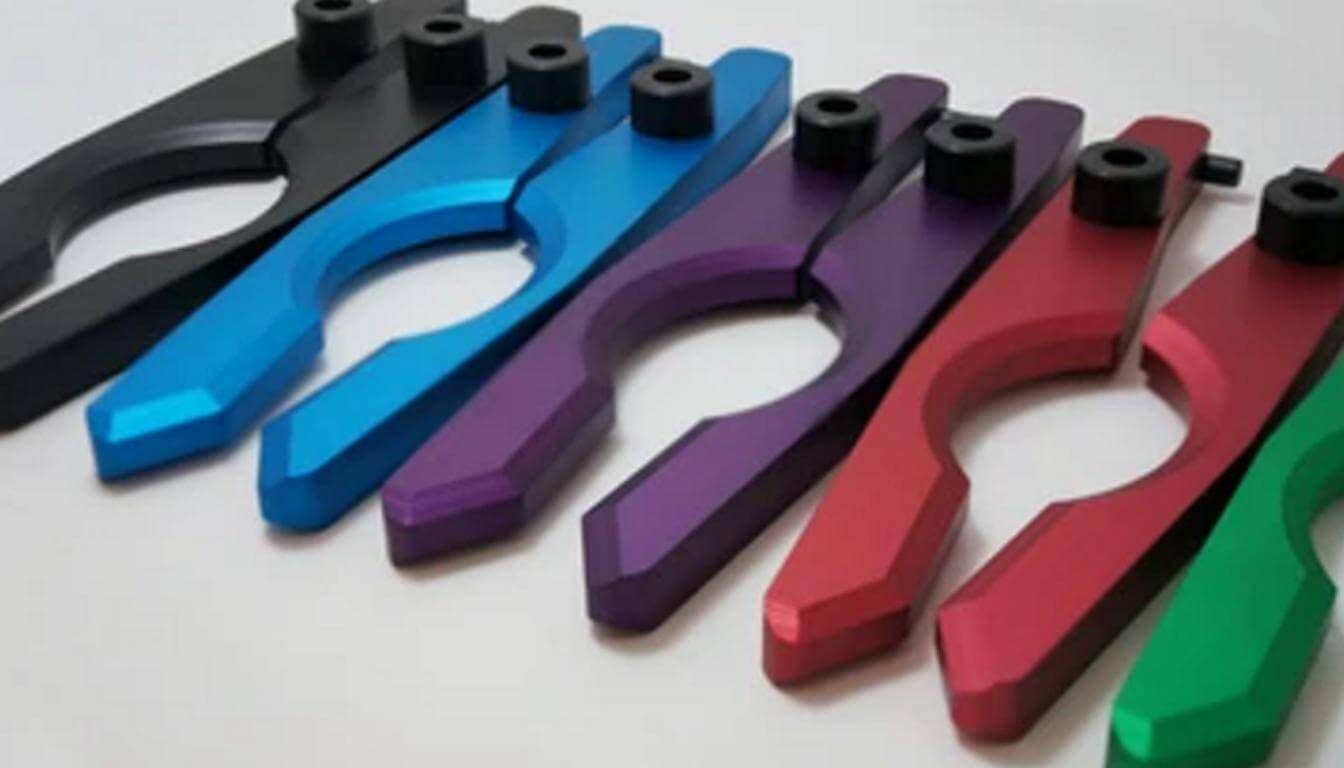
Avantages de la coloration de l'aluminium anodisé
Voici les avantages de la coloration de l'aluminium anodisé.
- Durabilité: Ces revêtements offrent une meilleure protection contre les éléments corrosifs et les rayures.
- L'attrait esthétique : La plupart d'entre eux présentent une variété de couleurs et de finitions.
- Résistance aux UV : Les tissus verts et d'autres couleurs ne se développent pas et ne se décolorent pas facilement lorsqu'ils sont exposés à la lumière du soleil.
- Respectueux de l'environnement : L'anodisation contient également moins de produits chimiques toxiques que la peinture. C'est aussi un meilleur moyen de protéger les surfaces en aluminium.
- Dureté accrue de la surface : Comme nous le savons, l'aluminium anodisé est testé plus durement que l'aluminium normal.
Inconvénients de la coloration de l'aluminium anodisé
Les inconvénients de la coloration de l'aluminium anodisé sont les suivants
- Coût: L'anodisation colorée est plus coûteuse que l'anodisation simple.
- Palette de couleurs limitée : Cela peut s'avérer difficile en fonction de la couleur souhaitée, ou si l'on veut un blanc éclatant ou une certaine nuance claire d'une couleur.
- Irrégularités de surface : Les quelques imperfections présentes sur l'aluminium peuvent être amplifiées après l'anodisation.
- Possibilité de variations de couleur : Les lots peuvent avoir des couleurs légèrement différentes.
- Suppression du complexe : Lorsqu'elle est entreprise, la ré-anodisation prend un certain temps et est également préjudiciable à la surface de la pièce d'aluminium.
Différents types de coloration de l'anodisation de l'aluminium
Voici les différents types d'anodisation de l'aluminium ;
- Naturel/Clair Anodisation : Conserve l'aspect de l'aluminium avec une durabilité améliorée. aluminium anodisé transparent page pour en savoir plus.
- Bronze Anodisation : Souvent utilisé pour des projets architecturaux, son aspect présente un riche reflet métallique.
- Anodisation noire : Il présente des caractéristiques de gadgets électroniques et de pièces automobiles qui lui confèrent un aspect très tendance. aluminium anodisé noir pour en savoir plus sur cette couleur d'anodisation noire.
- Anodisation brillante : Généralement réalisée par une méthode de trempage à chaud, elle donne une surface brillante ou lumineusement réfléchissante.
- Anodisation en deux étapes : Comprend l'anodisation de l'aluminium, puis la teinture et le scellement du matériau, ce qui permet d'obtenir une liste de couleurs très variées.
Il n'y en a que quelques-unes, mais elles ne sont pas limitées à ces couleurs, toutes les couleurs peuvent être anodisées sur les pièces en aluminium. Si vous avez des pièces en aluminium qui ont besoin d'une finition de surface anodisée spéciale, vous pouvez nous contacter.
Quel est le coût de l'aluminium anodisé ?
Le coût de l'aluminium anodisé varie en fonction du type d'anodisation effectué, de la taille de la pièce d'aluminium et de la couleur. En moyenne, l'anodisation vous coûtera entre $2 et $10 par pied carré. Pour les couleurs et les finitions personnalisées, les coûts augmentent.
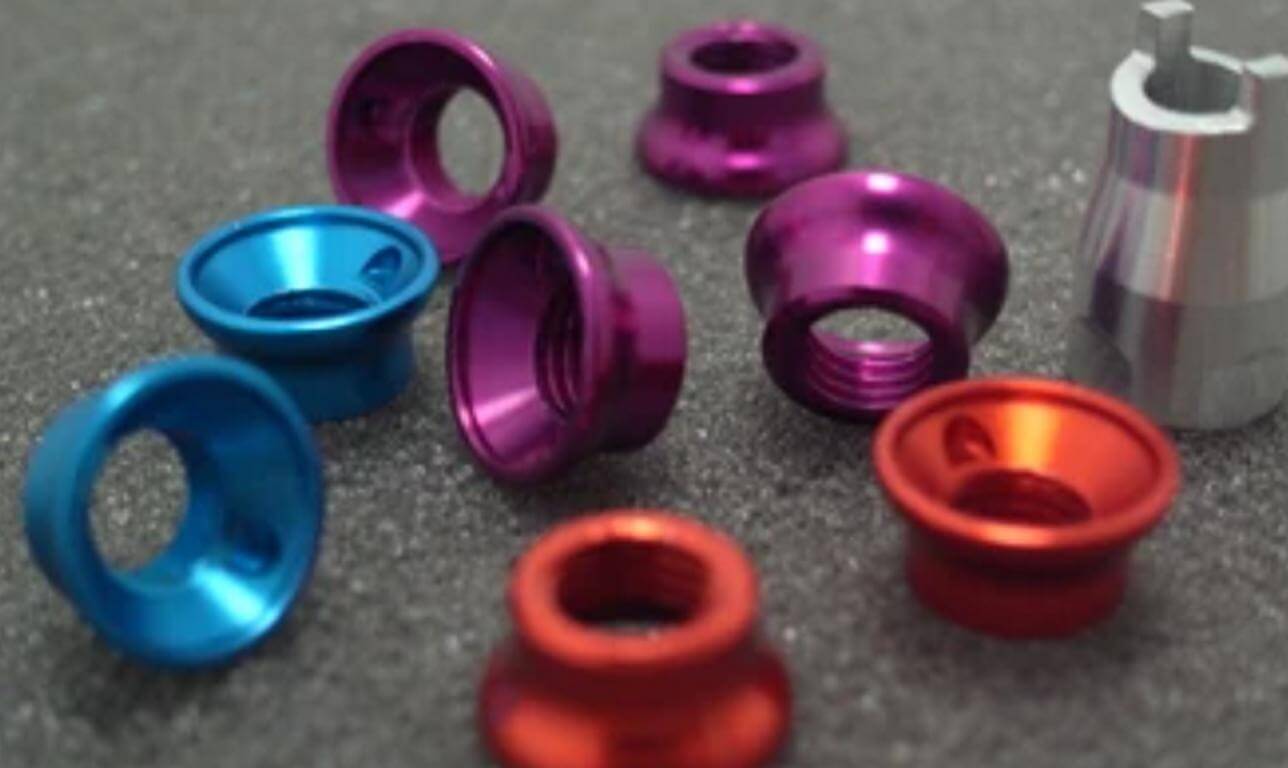
Tableau de coloration de l'aluminium anodisé avec estimation des coûts
Voici donc le tableau des couleurs de l'aluminium anodisé ainsi que les coûts estimés ;
| Couleur | Application | Fourchette de coûts (par m²) |
| Naturel (clair) | Industrie, automobile, construction | $2 - $5 |
| Noir | Électronique, automobile, aérospatiale | $3 - $6 |
| Bronze | Architecture, Produits de consommation | $4 - $7 |
| L'or | Bijoux, quincaillerie décorative, architecture | $5 - $8 |
| Rouge | Électronique grand public, Automobile | $4 - $7 |
| Bleu | Aérospatiale, marine, biens de consommation | $4 - $7 |
| Vert | Militaire, Équipement de plein air | $5 - $8 |
| Couleurs personnalisées | Biens de consommation haut de gamme, éléments de design | Variable (en fonction de la complexité) |
Applications de la coloration de l'aluminium anodisé
Voici donc quelques-unes des applications importantes de la coloration de l'aluminium anodisé dans différentes industries ;
- Architecture : Utilisé pour les seuils de portes et de fenêtres, les murs-rideaux et les bandes décoratives.
- Automobile : L'aluminium anodisé est largement utilisé comme garniture et pièce extérieure.
- Électronique: Les couleurs anodisées sont incorporées dans des appareils tels que les téléphones et les ordinateurs.
- Aérospatiale : Utilisé comme élément de conception et d'utilisation opérationnelle dans les avions.
- Biens de consommation : L'aluminium anodisé peut être utilisé dans la plupart des produits domestiques, par exemple les fers à repasser, les ustensiles et les équipements domestiques tels que les tables et les chaises.
Conclusion
En conclusion, l'aluminium anodisé représente une grande durabilité et une grande polyvalence et permet d'utiliser n'importe quelle couleur qui peut être commercialement utile dans différents domaines. La connaissance du processus d'anodisation, des différentes couleurs et des facteurs à prendre en compte dans le choix de la couleur sera utile pour réaliser le bon travail. Cet article présente donc un guide complet des couleurs de l'aluminium anodisé.
Questions fréquemment posées
Q1. Certains prétendent que l'anodisation peut être réalisée à domicile, est-ce vrai ?
Oui, il faut des outils spécifiques et d'autres éléments pour bien faire les choses et les rendre attrayantes.
Q2. Quelle est la durée de vie des produits en aluminium anodisé ?
Sans scellement, l'aluminium anodisé peut servir environ 20 à 30 ans sans altération de sa couleur et sans corrosion.
Q3. Cette méthode d'anodisation est-elle respectueuse de l'environnement ?
L'anodisation est cependant considérée comme plus respectueuse de l'environnement que tous les autres procédés de revêtement en raison des produits chimiques les moins toxiques qu'elle utilise.
Q4. L'aluminium anodisé peut-il être soudé ?
Oui, mais la couche anodisée doit être protégée avant le début du soudage, et la couche peut avoir besoin d'être rétablie après le soudage.
Q5. Puis-je peindre sur de l'aluminium anodisé ?
Oui, mais avant de peindre, la surface du matériau à peindre doit être bien nettoyée et gravée.



Laisser un commentaire
Rejoindre la discussion?N’hésitez pas à contribuer !